I am following this guide (enter link description here) in order to access Skype for Business resources. Everything goes fine when I try through Insomnia or Postman but I fail when I do it with my .net framework app. First let's see the manual call: whenever I make the GET request shown in the following pic, I get redirected to the login page of Microsoft, I login with my credentials and in return (in the url) I see the auth token that I need for the next steps.
Now, I am trying to achieve the same behavior through my .net framework app, but it says that I am in need of a client secret which I don't use in the manual call. Code is below:
So the app runs, the window for inserting my credentials pops up, I enter my username and password and then the following error appears:
Might it be related to the RedirectUri ? In case of the manual call that goes succesfully, after I insert my credentials, I get redirected to the page specified in the redirect_uri (which in my case doesn't work) but at least I get the token back, see image:





